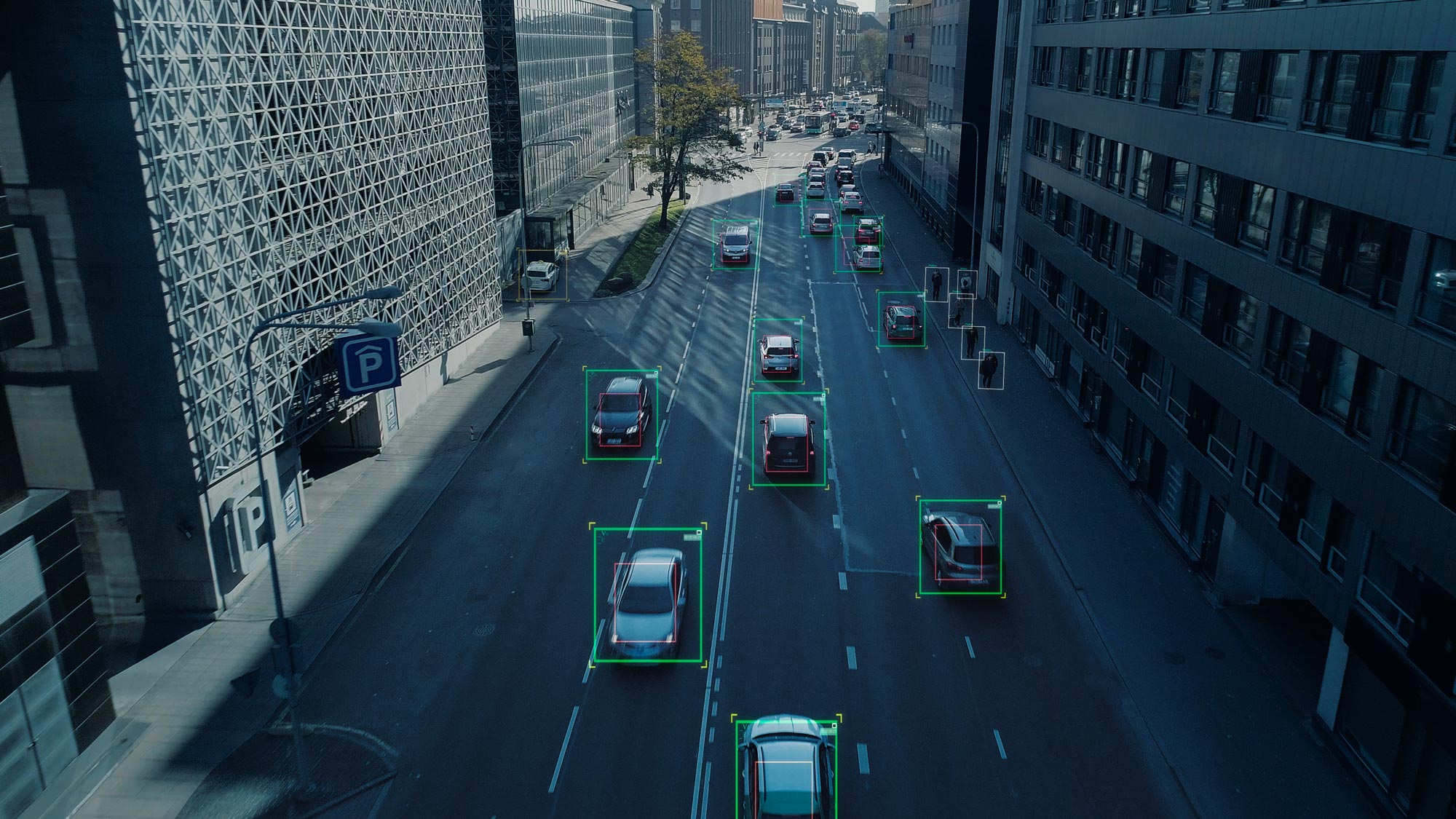
TREND > SMART CITY
Smart city: a new way to experience the city
Technology is making cities increasingly “smart”. A data-driven revolution that is also affecting mobility: reducing traffic, cutting pollution, and providing new services to the community are goals shared by citizens and infrastructure operators to improve everyone’s lives.
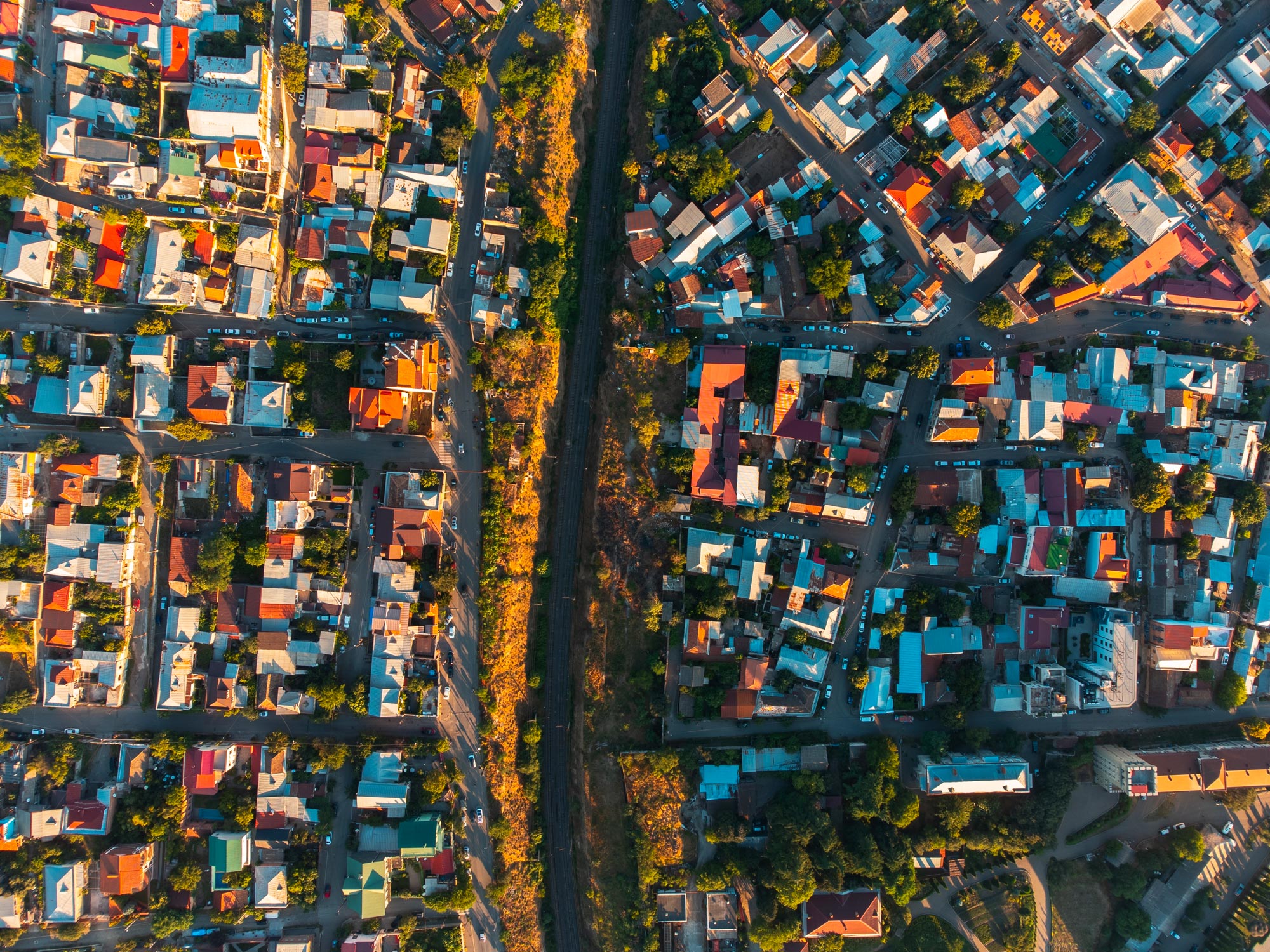
Safety, efficiency and well-being: these are the underlying principles of the smart city philosophy. An innovative concept that is increasingly becoming the focus in contemporary societies.
In fact, the term refers to the application of new technologies and digital techniques in the context of urban centres to serve citizens and businesses: advanced decision-support tools can use data collection and processing to optimise resources, prevent waste, and improve everyone’s lives
The situation in Europe
This philosophy is taking hold all over the world, including Europe. The Digital Cities Index prepared by Economist Impact places Copenhagen, Amsterdam, and London among the top five most innovative cities analysed in the research, ranked first, second, and fourth respectively. According to the Smart City Breakaway study, Vienna achieves the best result with its highly integrated solutions.
Much attention is also given to smart mobility, which is indeed one of the main drivers for technological development in cities. In fact, an important communication from the European Commission in 2020 reaffirms its commitment to transform the transport sector into a multimodal system of sustainable and smart mobility services.
However, we must not underestimate the lack of expertise in administrations: a problem that, however, can be overcome by relying on companies capable of developing and integrating innovative solutions on behalf of the municipalities.
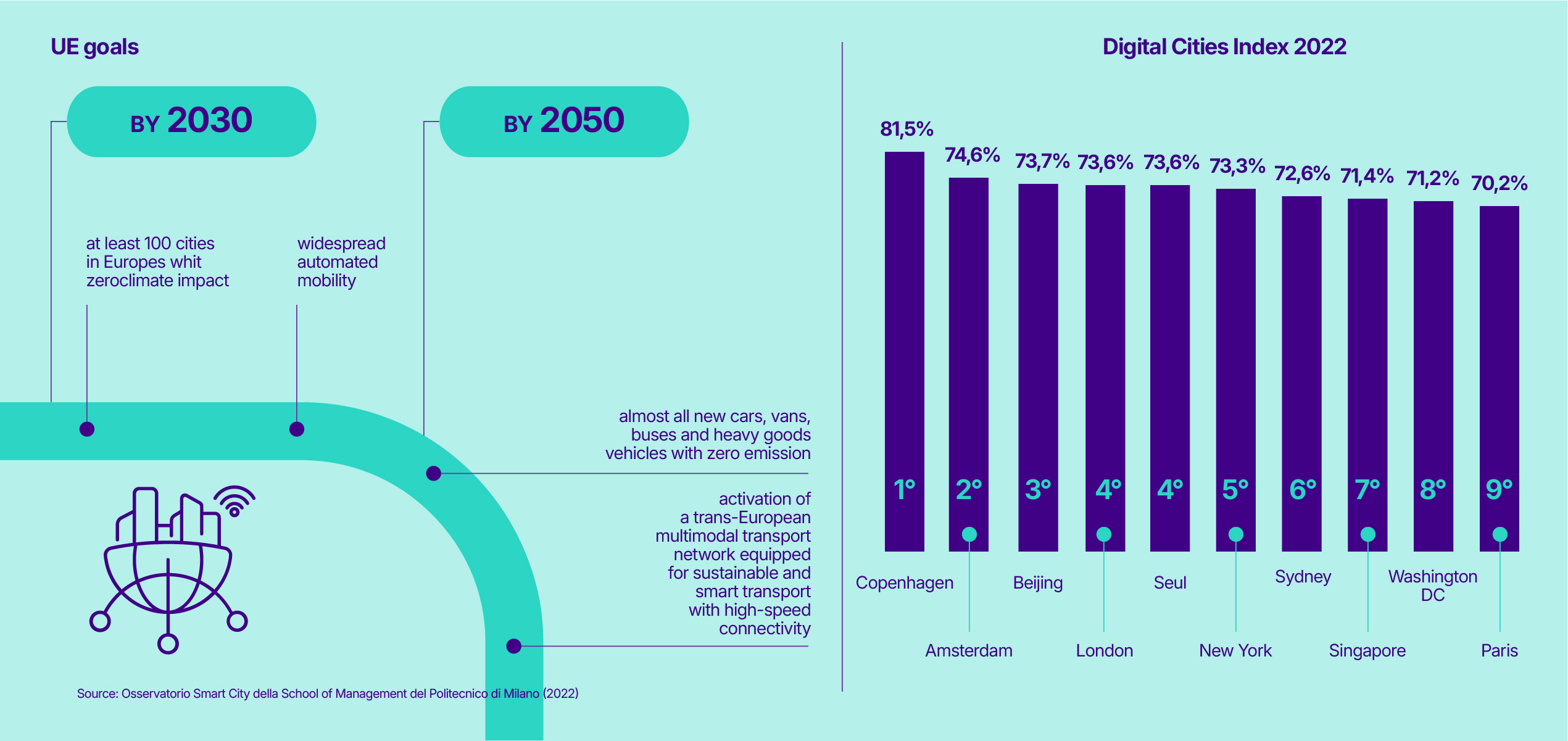
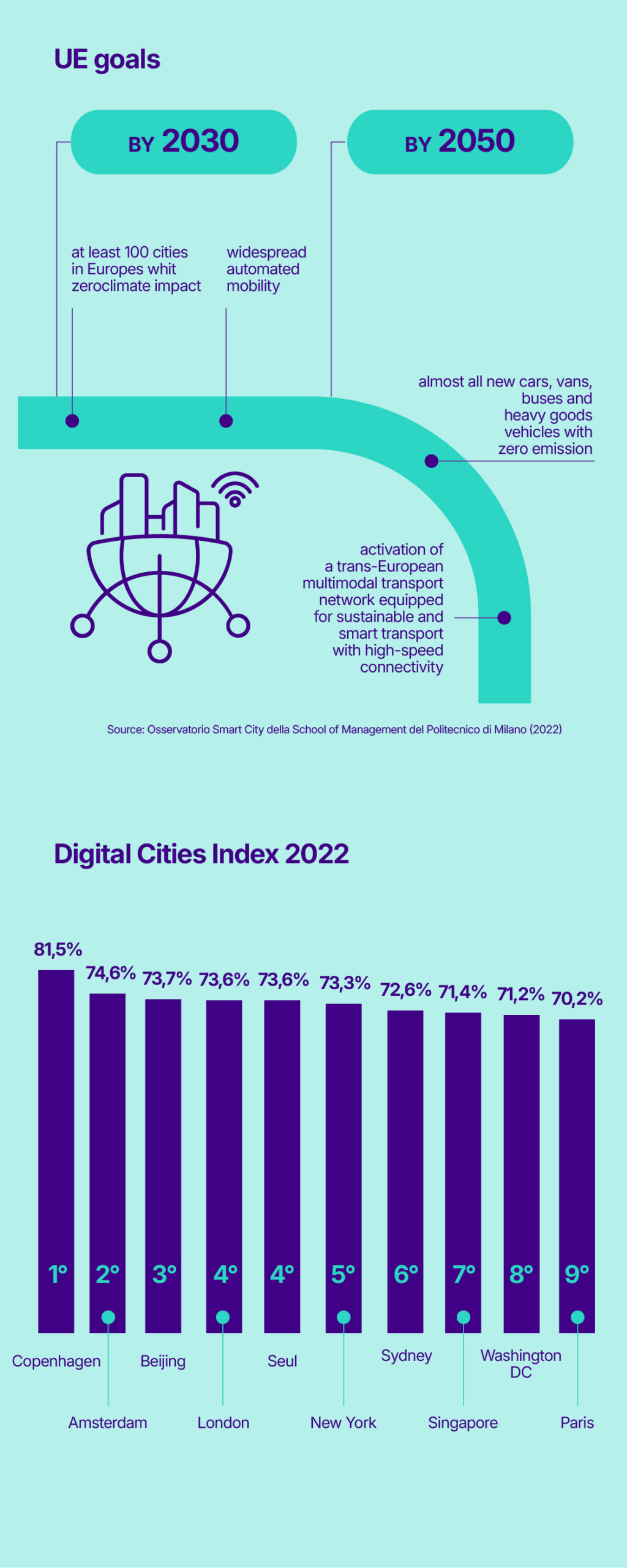
Smart mobility
As already mentioned, smart mobility plays a crucial role in promoting a technology-driven mobility system. Its goals are to reduce traffic, reduce pollution and provide citizens with new services. These targets are shared both by drivers, who require greater safety and better travel experiences, and by road infrastructure operators, which must manage traffic efficiently and safely while ensuring better accessibility to urban infrastructure.
Given the complexity of the sector, technology must be applied throughout the value chain: from data collection – through sensors, IoT, cameras, on-board units – to data processing on advanced platforms, and data aggregation within control rooms so that infrastructure operators can compute predictive analytics and trigger targeted actions.
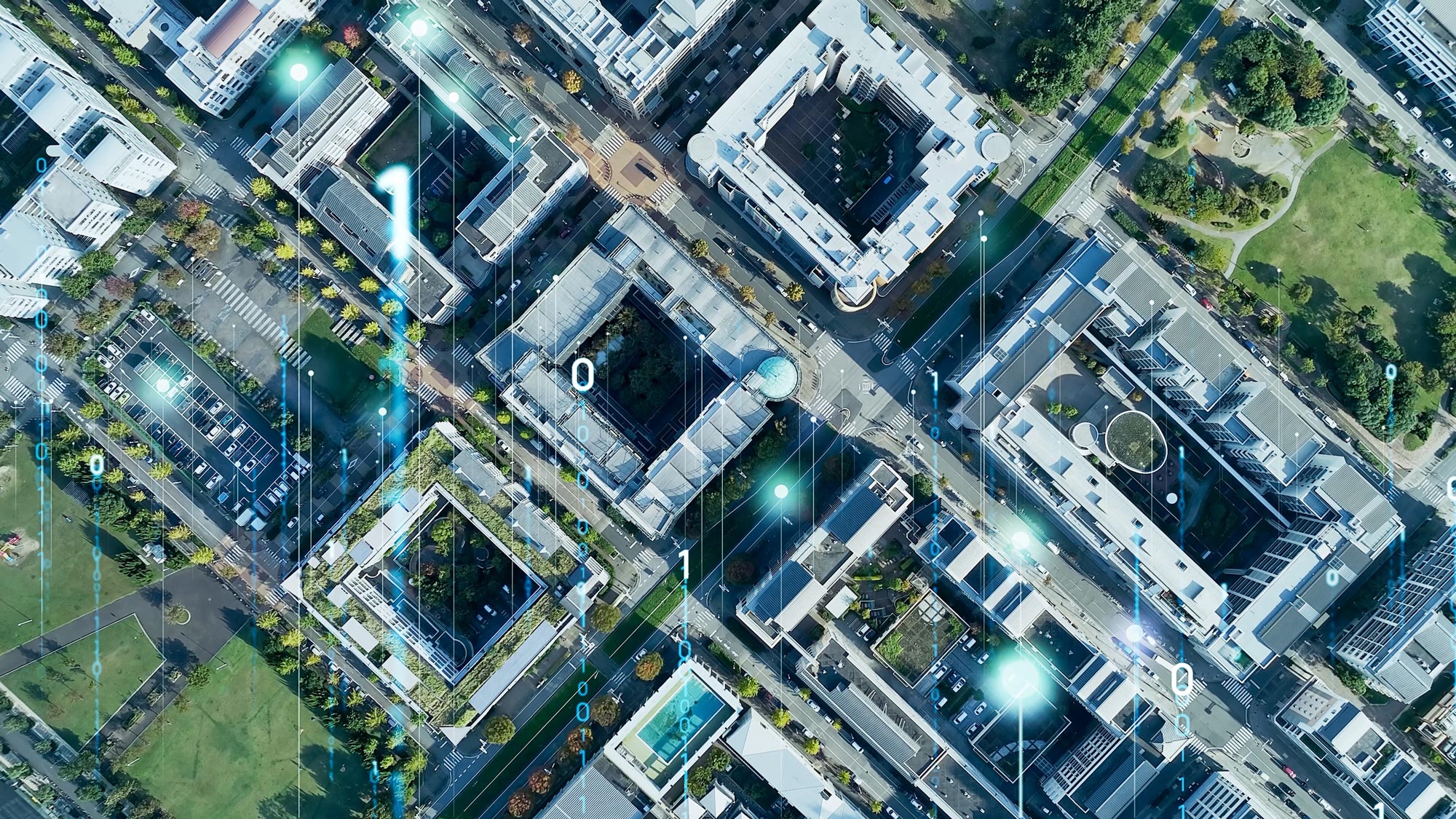
What Movyon does
Movyon has the experience to guide the digital transition in this field by helping governments, providing access to advanced tools, and ensuring integration between new and existing systems. Specifically, there are three areas of specialisation: urban tolling, smart access control and traffic flow optimisation. These areas are essential to ensure increasingly efficient, functional and sustainable mobility. For everyone’s benefit.
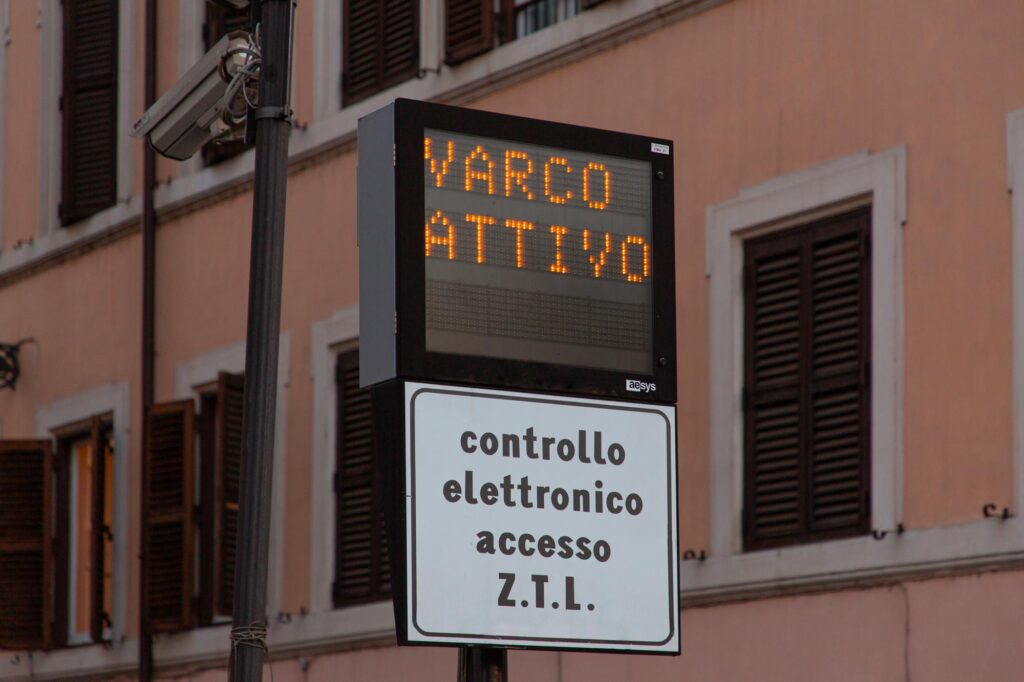
Access to areas of interest (ZTL, ZTC)
An approved online system which regulates, checks and fines transits in limited traffic areas: the online toll gates detect the vehicle in transit and identify it, then send the data to the control centre and calculate the time spent in limited traffic areas.
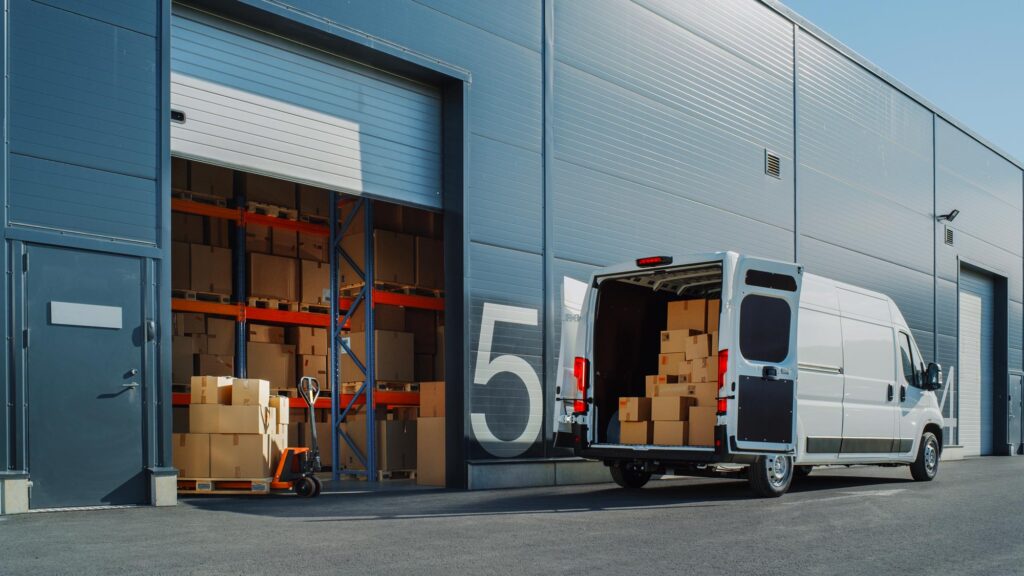
Monitoring of logistic areas and interports
The modular technological solutions allows: recording incoming and outcoming vehicles in the area; preventing transit for unauthorised vehicles; managing transit and possible anomalies remotely.

Systems for dynamic tolling
Equipment, systems and technologies for dynamic tolling, dedicated to optimising accesses in urban areas. The toll fee is calculated based on the wxpected traffic congestion level and on the type of user in transit.
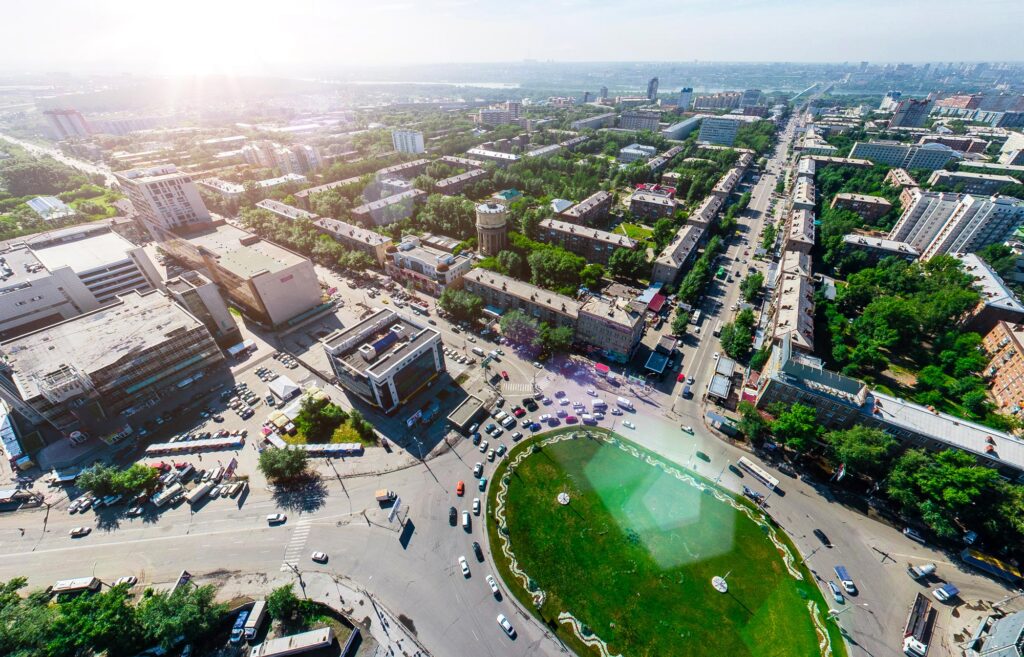
Tracking public fleets
By means of the satellite OBU on board, the systems follow the route of public vehicles within the urban fabric network and the movement of DWT vehicles in the area of interest thenks to the GPS/GPRS, notifying the drivers of any traffic problems-related issues.
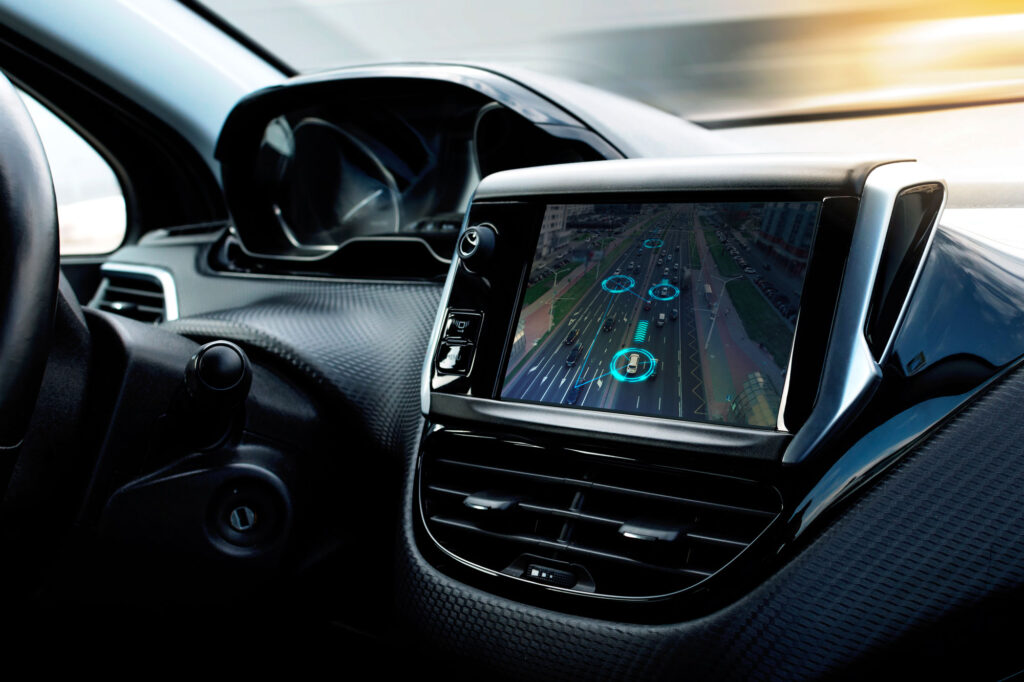
C-ITS Connected Cars
Roads and cars with a connection I”V (Infrastructure-to-vehicle) and V2X (Vehicle-to-everything), for a game-changing travel experience.